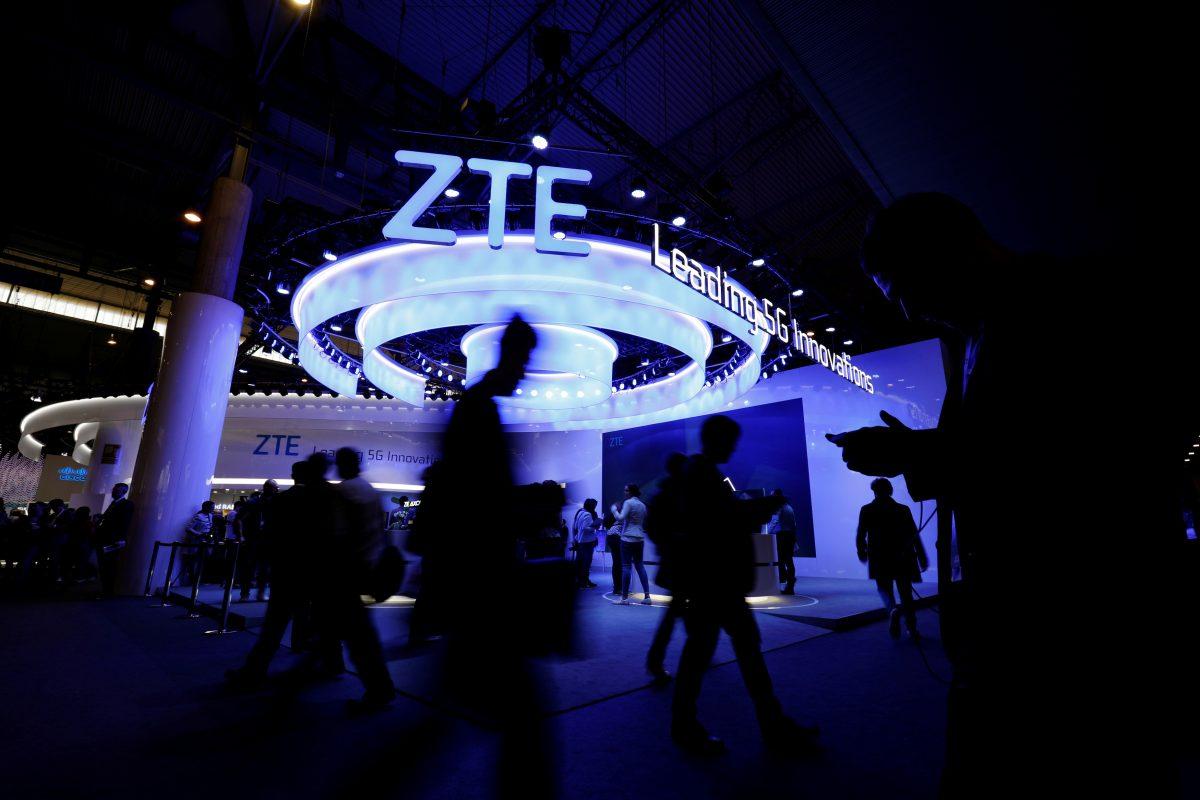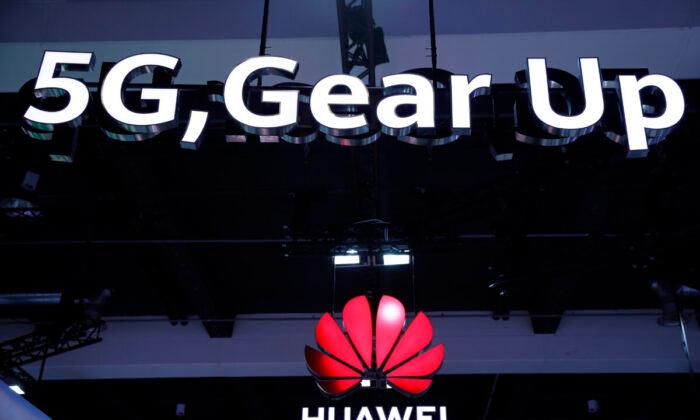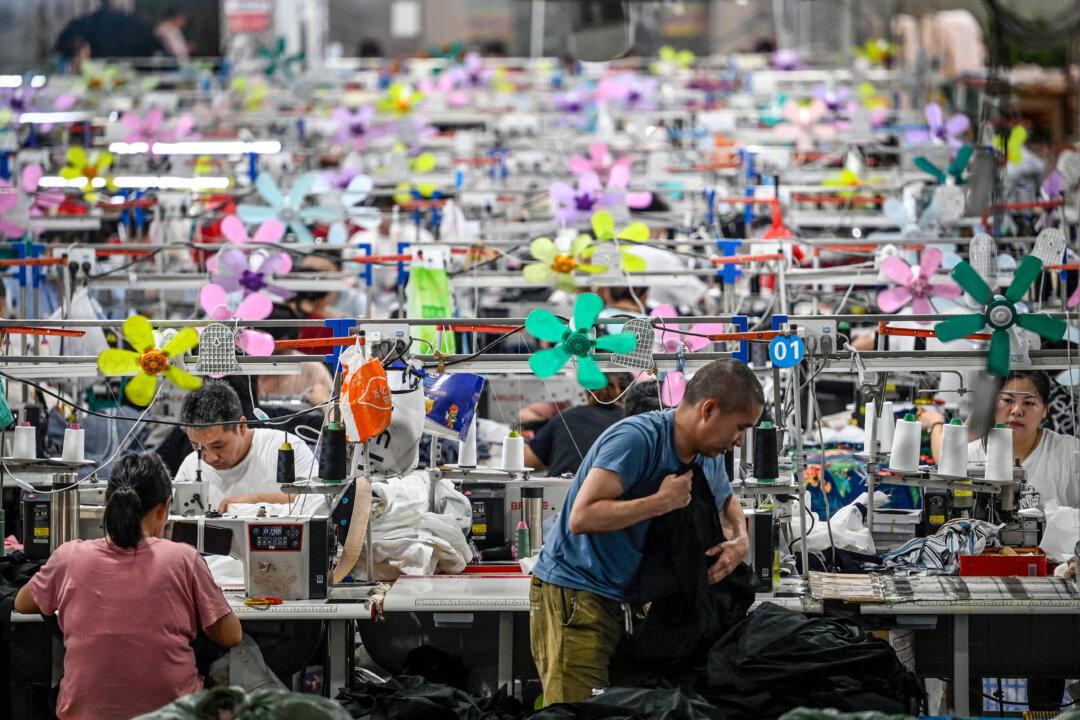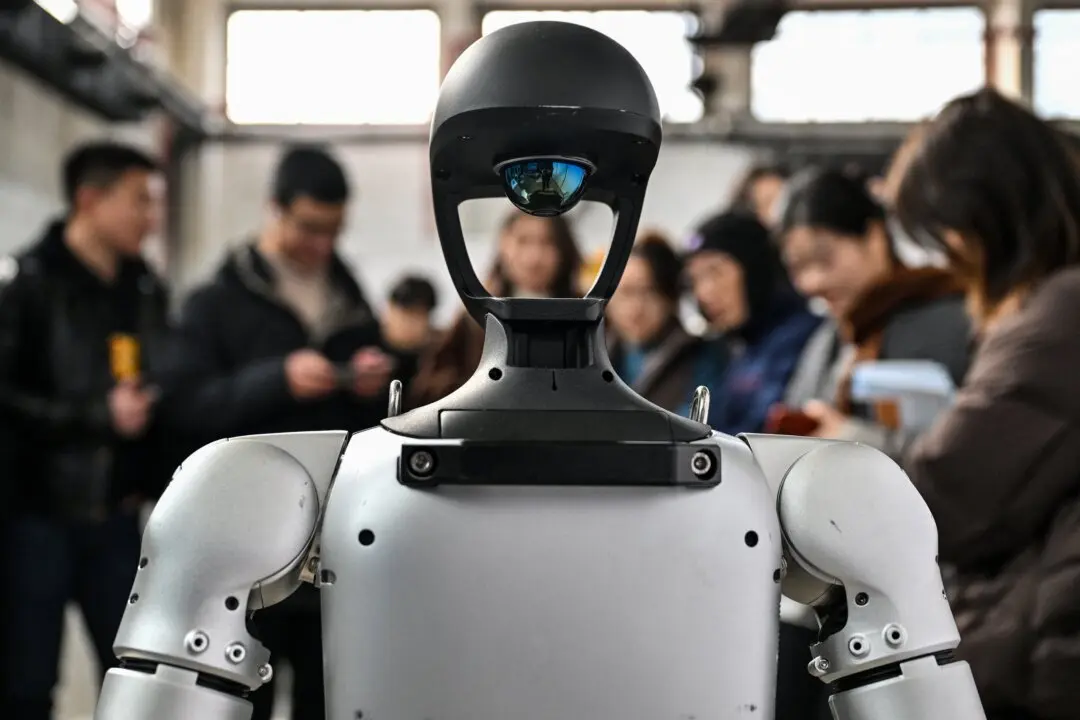Despite increased tariffs and technology export controls on China that the prior administration instituted, and that continue under the Biden administration, China outmaneuvered the United States by expanding technology exports to Europe, according to a new study. China keeps its trade levels high through predatory practices, and by diverting exports to low-tariff markets. The United States, European Union, Britain, and Asian allies, including Japan, South Korea, India, Vietnam, and Taiwan, are China’s top export destinations. They have the opportunity to unify their collective purchasing powers to defend their economies and technologies. To maintain the resilience of their own markets and collective high-tech supply chains, they should increase tariffs against China and harmonize them with each other to keep Chinese imports from eroding their industries. Export prohibitions of sensitive technologies should be increased against the totalitarian and militarily aggressive country.
The new study by Harvard’s Growth Lab measured an increase in the diversity, volume, and technological sophistication of China’s exports, and predicted a likely growth in Chinese GDP in the near future, due to low labor costs and China’s continued brisk output during the pandemic.
Since 2019, China has overtaken three countries, including Ireland, to reach 13th in the technological sophistication of its exports, according to the study. America’s lead on China has halved over the last ten years, with the United States currently only 11th in the ranking. At that pace, China should overtake the United States within two years.
According to Growth Lab’s Tim Cheston, quoted in the Bloomberg article about the study, “There was an adept move by China to diversify its export destinations for electronics to Europe and elsewhere.”
Cheston predicts that China will outpace India in the next 10 years. This would further destabilize Asia geopolitically, by furthering a potential tilt of the region toward China’s economy and, as a result, its political influence.
Nazak Nikakhtar, former Under Secretary of Industry and Security of Commerce under the Trump administration, responded to the study in an email. She wrote, “The fact that China is rising in rankings for the production of high-complexity products should come as no surprise. For decades, China has been climbing the value chain by underpricing competitors, stealing IP, and using market access barriers to prevent its competitors’ growth. And this has become a zero-sum game. In the past, whenever the U.S. and allies ceded market share to China, China has made sure that those market shares are never reclaimed. The same is true today.”
Kyle Bass, a billionaire hedge fund manager who has shorted Chinese and Hong Kong currencies, advocated tougher U.S. enforcement of existing laws. He wrote in an email, “It’s vitally important that the US enforce the laws on our books and sanction Chinese individuals and institutions that break US law. The majority of the SOE [state-owned enterprise] banks and Joint-Stock banks conduct business with multiple countries, companies, and individuals that happen to be on the US sanctions blacklist. We must sanction the Chinese government for their flagrant violations of our laws.”
Bass argued that the United States should work to cut off China from the global dollar market. In fact, this could be done for not only dollars, but also for other currencies such as the Euro and Japanese yen, by banning the country from major international banking networks. “We must hold the entire Chinese government and the 95 million members of the Communist Party of China responsible for the Genocide and ethnic cleansing of Xinjiang, Tibet, and Mongolia. Holding them to account for their actions by severing their connections to the US dollar market will cripple the Chinese economy and force a tectonic shift in their belligerent behavior. These actions should have been taken long ago. Once taken, the US should engage in a relationship of reciprocity to simply level the playing field with the Chinese.”
According to a former U.S. government official, who asked to remain anonymous due to potential retaliation, “The United States needs to take a long look in the mirror. We need higher tariffs on China’s high technology exports that matter. The American people also need a Department of Commerce Bureau of Industry and Security that works to their—and not China’s—advantage. That means it must designate foundational and emerging technologies for outbound investment reviews, which it has refused to do. It must stop adding Chinese companies to the entity list without applying the Foreign Direct Product Rule across industries and technologies so that ZTE can manufacture while only Huawei can’t. And it must lower the de minimis threshold substantially so companies like LAM Research can’t continue to offshore manufacturing to sell to China and escape US export controls.”

LAM Research Corporation is an American semiconductor manufacturer.
By undervaluing and breaking apart high-value shipments, or transshipping through places like Canada and Southeast Asia, Chinese exporters have been circumventing the tariffs.
The U.S. Department of Commerce did not immediately reply to a request for comment.
Alex Gray, National Security Council Chief of Staff under the Trump administration, wrote in an email that, “U.S.-China technological competition will do much to define the 21st century, and the U.S. currently lacks the full toolkit needed for success. Legislation like the CHIPS Act is critical, providing much needed investment in sectors with an essential national and economic security nexus and which have been consistent targets for Chinese intellectual property theft and overt espionage. But we must also adjust our mindset about technological competition and recognize that old paradigms will not work, and greater collaboration between government and private industry is required to prevail against a Chinese Communist Party that directs every resource of the state toward victory.”
According to Nikakhtar, the continued cession of American market share to China is unsustainable. She wrote that the “pattern needs to be reversed, and the governments of the U.S. and allies must step up to the challenge. Our governments have an obligation to protect our industries and critical technologies.”
Nikakhtar outlined a two-pronged strategy to defending the United States and allied technological ascendency from a rising China. “First, we need to restrict imports from predatory actors. Where predatory economic practices undermine fair trade and harm industry growth, tariffs need to be imposed at punitive levels, or levels that compel corrections to behaviors. Traditionally in trade cases, tariffs of around 80 percent or more are effective at leveling the playing field when dealing with non-market actors. We also need to acknowledge that China’s rise in the high-complexity production rankings is attributed, in large part, to our virtually unregulated and unrestricted transfer of critical technologies to China and actors that divert those technologies to China.”
The second prong of Nikakhtar’s strategy is to selectively prohibit exports of critical technologies. She wrote, “Our second approach needs to be the prohibition of exports of critical technologies to all high-threat actors. To be effective, we should strive to do this in coordination with our allies. If we were to implement these two approaches, the impact on our GDP would be less than 1 percent over the short-run and this would turn to positive gains in the medium- to long-run. If we took these measures in coordination with allies, we would lessen the impact on our GDPs and better integrate our supply chains with one another. It is far better to integrate supply chains with like-minded allies than with adversaries. If industries impacted are able to withstand the short-term pains—and if governments can help ease some of the pain—we will all be better off in the long term.”





